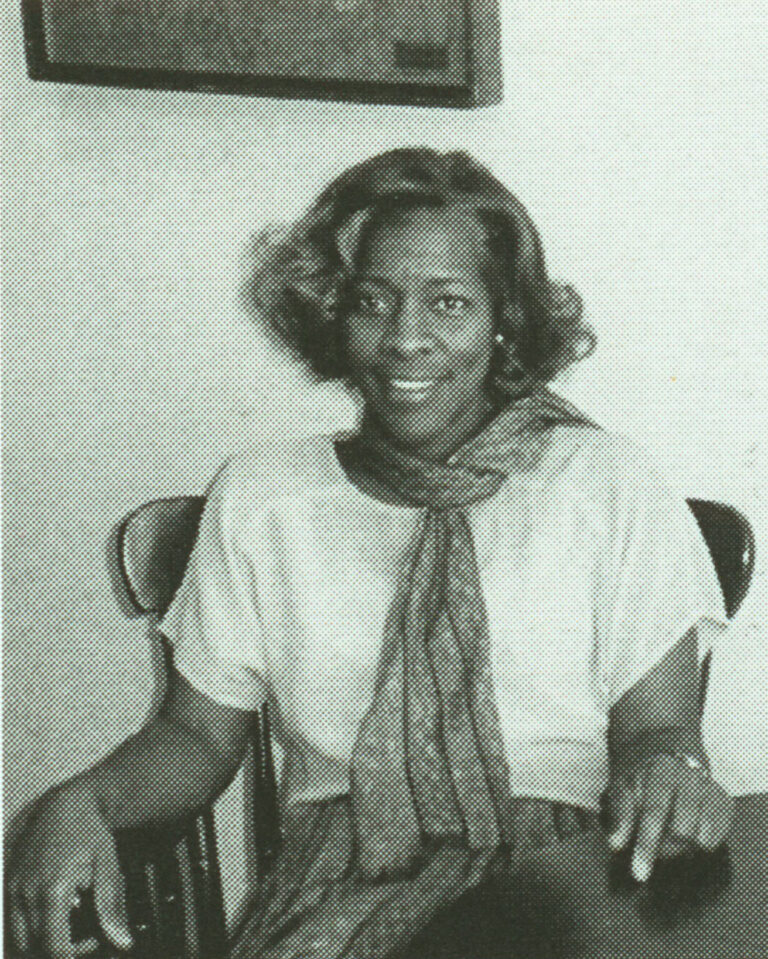The 1990s witnessed more concerns about diversity; not only financial and religious diversity, but cultural diversity, such that students of color could feel at home on campus. From the president to students, faculty, and staff, expressions of urgency to be a truly liberal arts college were apparent in meetings, the Weekly, the Ciarla and everyday conversations.
But a close read of the Muhlenberg Weekly from the 1990s revealed the campus, like the nation, had experienced incidents that would today be called racist27 and anti-semetic.28 For example, the 1993 Institute of Jewish-Christian Understanding lecture given by Illinois Senator Paul Simon revealed these types of incidents were happening nationally as well as on campus, hence, the “Senate’s Hate Crime Bill to give national attention to those individuals that commit racially, religiously, or ethnically motivated acts of violence.”29 In another example, the student debates over the O. J. Simpson trials revealed the differing racial attitudes toward Simpson, the lawyers, and the judicial system.
In the Fall of 1991, President Messerli announced his departure, and the search for his replacement began with a survey of the campus community to learn what they wanted in a new president. Among the qualities was a commitment to growing the ethnic and gender diversity of the college. In what appeared to be a symptom of impatience, students spoke out about their perspectives in the Muhlenberg Weekly with comments such as “the campus worries about diversity but the liberals don’t seem very interested.”30 Black students took to the Weekly to express their dissatisfaction with campus social life. In the words of freshman Penelope Pack, “Muhlenberg College is trying to bring a significant minority population on campus, but they must also exert an effort to keep us here. As an African American, I am not asking for alternative programming strictly for minorities, all I ask is for programming that welcomes Muhlenberg’s minority population and allows them to feel comfortable participating in whatever the event may be.”31
In a forum sponsored by the Student Council, students learned that African-American students were unhappy with the social life on campus. They felt abandoned by the groups that brought them to Muhlenberg. One student contributor to the Weekly wrote, “If we are to truly be a diverse campus, ‘The New Muhlenberg,’ then we should be able to make all kinds of students feel welcome when they come here.”32 Dean of Admissions Chris Hooker-Haring opined that the college had strong financial and religious diversity but ethnic diversity was not as strong. While he recognized some progress, he said “we’re not where we want to be in ethnic diversity in the faculty, administration and student body.”33


